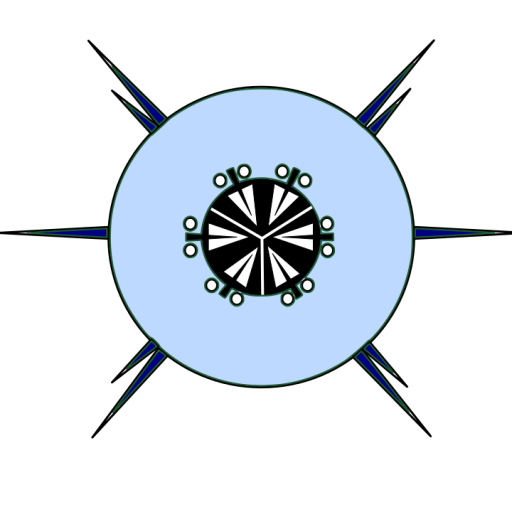Fondecyt Project 1080033
Latitudinal gradients in diversity, range-size and body-size of littoral free-living marine nematodes along the coast of Chile.
Study sites – Results – Papers
Proposal Abstract
The objective of this research is describe the diversity of free-living littoral marine Nematoda along the coast of Chile and then use the information obtained to examine a number of macroecological hypotheses. This will be the first comprehensive, concerted and systematic survey of the free-living littoral marine Nematoda, and other meiofaunal groups, along the entire coast of Chile that has taken place since the Lund Expedition to Chile (1948-49). Nematodes are abundant, ubiquitous and important members of marine benthic assemblages. Based on a recent literature review (Lee et al. 2008) there are currently 326 nematode species identified from the benthic environment in Chile, making them the fourth most abundant phyla after Crustacea, Mollusca and Annelida. The number of species within the Chilean benthos will certainly increase with the proposed research as the current list represents a fairly limited amount of sampling effort, and they could well rival the Crustacea in terms of diversity. The inspiration for this research is an analysis of latitudinal gradients in free-living littoral marine nematode populations along the coast of Chile using the currently available literature. Three main latitudinal gradients will be examined in the proposed research, though others will be considered depending upon the information obtained. Typically diversity is thought to decrease with increasing latitude and this gradient has been widely observed in the terrestrial environment. In the marine environment however the picture is less clear. Along the coast of Chile a decline in species diversity with increasing latitude has been found in some invertebrates and not others. In the case of the free-living littoral marine nematodes along the coast of Chile the general trend is an increase in diversity with increasing latitude. The second gradient of interest is latitudinal changes in mean species range-size. In the terrestrial environment species range-sizes tend to increase with increasing latitude, this is widely known as Rapoport’s rule. In the marine environment there is very little evidence to support this gradient. In the case of the free-living littoral marine nematodes along the coast of Chile there is a gradual decline in mean range size with increasing latitude. Finally, there is the latitudinal gradient in mean body-size known as Bergmann’s rule. Mean body-sizes within a given taxon tend to increase with increasing latitude. In the case of the free-living littoral marine nematodes along the coast of Chile there is a gradual decrease in mean body-size with increasing latitude. With this research these gradients will be confirmed by a systematic sampling of the Chilean coast and a number of hypotheses will be tested to examine the possible causes of these gradients. A priori the most likely explanatory hypotheses are those to do with the diversity and availability of habitat. In addition speciation hypotheses will be tested by using measures of taxonomic distinctness between different latitudes, lower taxonomic distinctness within an area could indicate more recent speciation events. Along the southern coast of Chile the most likely from of speciation is allopatric speciation driven by range division as a result of glaciation events. The sampling for this study will take place along the entire length of the coast of Chile with the intention of visiting, where possible, at least three sites per degree of latitude. At each site both quantitative and qualitative samples will be taken from both soft and hard substrates. The quantitative samples will provide abundance data which will increase the number of macroecological hypotheses that can be examined. In the laboratory all the species of nematodes sampled will be identified and new species described and published. As sampling for nematodes will sample the entire meiofaunal assemblage, this research will generate a considerable amount of information on meiofauna generally along the coast of Chile and provide an important resource for further research within this group. In terms of papers, this research should generate a number of taxonomic publications, descriptions and species lists for the regional nematofauna, and papers discussing the macroecological hypotheses examined. In the wider context, the information gathered during this study will add considerably to our knowledge of biodiversity along the coast of Chile and provided an additional and useful resource for the management of coastal resources, the conservation of biodiversity and environmental protection assessments.
Results
Species Richness and Abundance
Relationship Between the Observed Macroecological Patterns and Environmental Variables
Discussion of the Observed Macroecological Patterns in a Regional and Global Context
Papers
Lee, M.R. & Riveros, M. (2012) Latitudinal trends in the species richness of free-living marine nematode assemblages from exposed sandy beaches along the coast of Chile (18–42°S). Marine Ecology, 33:317-325.
Lee, M.R. & Riveros, M. (2014) Geographic distribution Ctenocheilocaris galvarini (Crustacea: Mystacocarida) along the coast of Chile. Journal of the Marine Biological Association of the United Kingdom, 94:975-979. (doi:10.1017/S0025315414000435)
